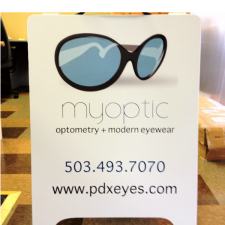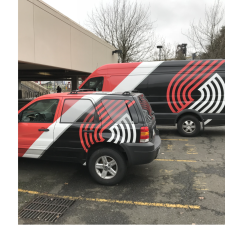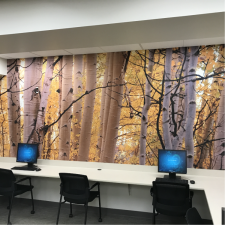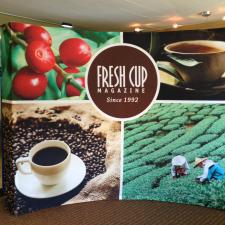
The History Of The Trade Show: From Victorian Era To Modern-day Exhibiting
In this day and age, when we think of trade show exhibits, we think of striking graphics, intricately-organized display structures, and innovative lighting ideas. With all of the technology and innovation that goes into modern-day exhibits, it’s hard to imagine what trade shows looked like decades ago, let alone centuries ago. How have trade shows evolved over time, and what are some historical examples? Let’s take a look.
1851: Combining Traditions
The Great Exhibition of the Works of All Nations was held in London’s Hyde Park in 1851. While the concept of marketing one’s goods at markets or in public spaces dates back before this time, many consider this exhibition to be the first trade fair. This exhibition combined the concept of traditional retail shops with educational exhibitions. This combination resulted in one of the earliest forms of the modern trade show, complete with new product launches and demos, props and attractions, and celebrity appearances. The 1851 Exhibition was also the first event of its kind to take place indoors, welcoming over six million visitors in the Crystal Palace.
1905: Changing Cities
The Lewis and Clark Centennial Exhibition was a worldwide, westward expansion-themed exposition held in Portland, OR, in 1905. The theme of this fair was given the motto, “Westward The Course of Empire Takes Its Way,” and boasted exhibits from over 21 nations. The fair celebrated the explorers’ stay in Portland and drew almost 1.6 million visitors—and maybe more. This remarkable event is often credited for the great population increase that occurred in Portland, Oregon, after the fair, marking a period of exponential growth and speaking to the power of the trade show.
1962: Political Statements
Trade shows aren’t just focused on economic growth or featured products, but can also be focused on educational or political initiatives. As a great example, we think back at the Seattle World’s Fair, or Century 21 Exposition, in 1962. The theme for this fair was space, science, and the future, and was organized in direct response to the space race between the Soviet Union and the US. The iconic Space Needle was actually constructed for the Seattle’s World’s Fair, and the site is now what we know as the Seattle Center. Featuring anything from science exhibitions to musical performances, the Century 21 Exposition was one of the only fairs during its era that made a profit.
Since Seattle’s World Fair, modern innovations and trade show safety and regulations changed the trade show industry for the better. Some highlights include:
1. Fire Codes: After the tragedy at Chicago’s McCormick Place in 1967, stricter electrical and fire codes have been mandated, protecting venues, visitors and products alike.
2. Technology & Vinyl Graphics: The exchange of digital art files cuts the time of building a display and making graphics to a mere fraction of what it was.
3. Portable Exhibits: With the invention of tension fabric, vinyl graphics, and Velcro, exhibitors have much more flexibility in terms of design and layout. These pop-up displays are more affordable and highly customizable, allowing exhibitors to easily update outdated display systems and try out a new look.
Have questions about trade show marketing or customizable trade show exhibits? Contact S2 Imaging to for a free consultation about your design goals. We’re happy to help!










